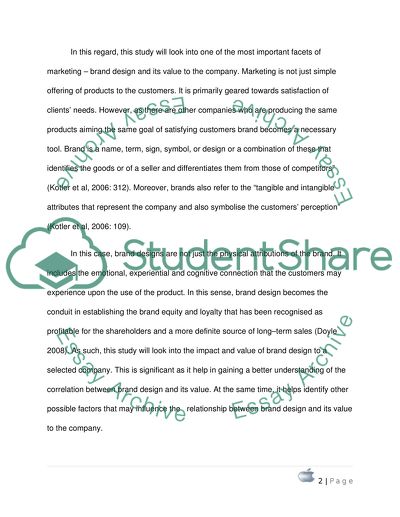Cite this document
(“An illustrated critique of the nature of brand design and its value to Essay”, n.d.)
Retrieved from https://studentshare.org/marketing/1394108-an-illustrated-critique-of-the-nature-of-brand
Retrieved from https://studentshare.org/marketing/1394108-an-illustrated-critique-of-the-nature-of-brand
(An Illustrated Critique of the Nature of Brand Design and Its Value to Essay)
https://studentshare.org/marketing/1394108-an-illustrated-critique-of-the-nature-of-brand.
https://studentshare.org/marketing/1394108-an-illustrated-critique-of-the-nature-of-brand.
“An Illustrated Critique of the Nature of Brand Design and Its Value to Essay”, n.d. https://studentshare.org/marketing/1394108-an-illustrated-critique-of-the-nature-of-brand.


